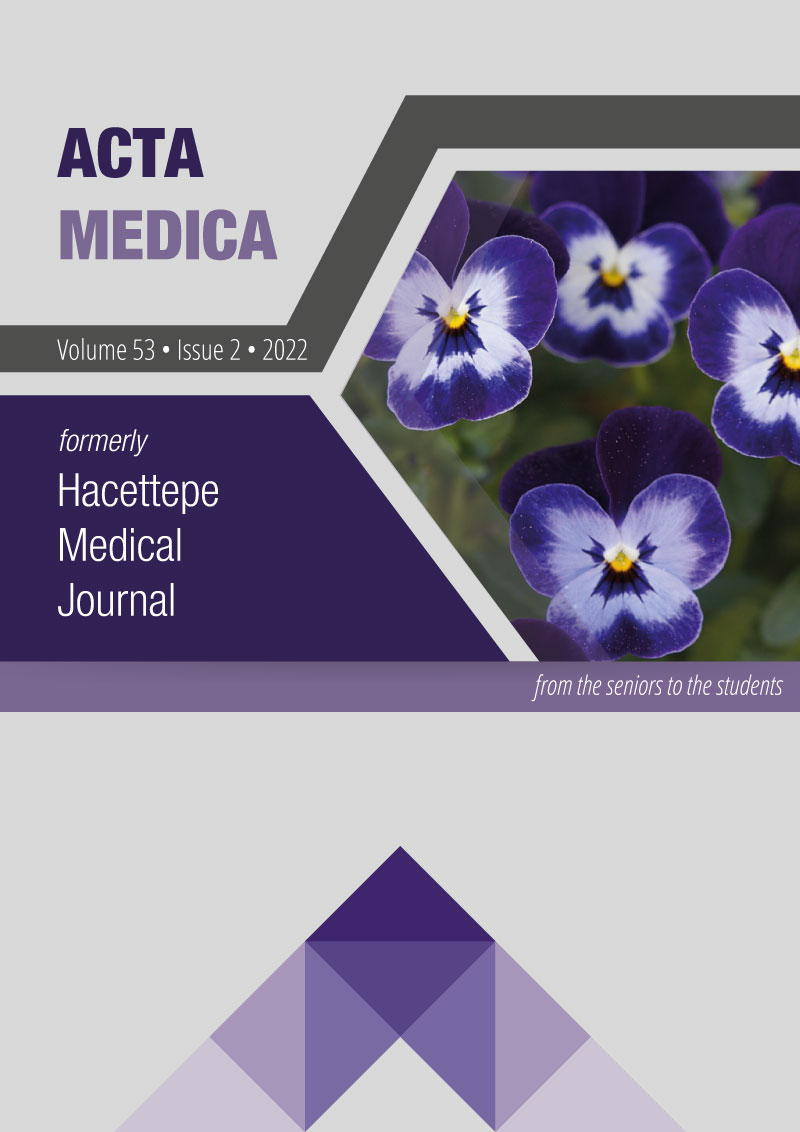A Review of Glutamate and Its Receptors: Their Roles in Brain Physiology and Pathology
DOI:
https://doi.org/10.32552/2022.ActaMedica.650Keywords:
Glutamate, NMDA, Excitotoxicity, Synaptic Plasticity, PathologyAbstract
Glutamate is the most abundant excitatory neurotransmitter in the central nervous system. Through its ionotropic and metabotropic receptors it mediates both fast transmission and long term metabolic changes in a cell. Besides neurotransmission, it takes part in development of central nervous system, cell energy metabolism and synaptic plasticity processes. Glutamatergic signaling is strictly controlled. Under normal conditions, extrasynaptic gluatamate levels are maintained at low concentrations. Excessive transmission leads to excitotoxicity which results in cell damage and death. Glutamatergic dysfunction is involved in many pathologies including neuropsychiatric, neurodegenerative and neurodevelopmental disorders. Impairments in glutamate’s physiological functions, excitotoxicity and disrupted modulation of other neurotranmitter systems contribute to these pathologies. This opinion aims to summarize the cellular mechanism that lead to pathology and review how these mechanisms translate into the clinic.
Downloads
Downloads
Published
How to Cite
Issue
Section
License
Copyright (c) 2022 Acta Medica

This work is licensed under a Creative Commons Attribution-NonCommercial-NoDerivatives 4.0 International License.


